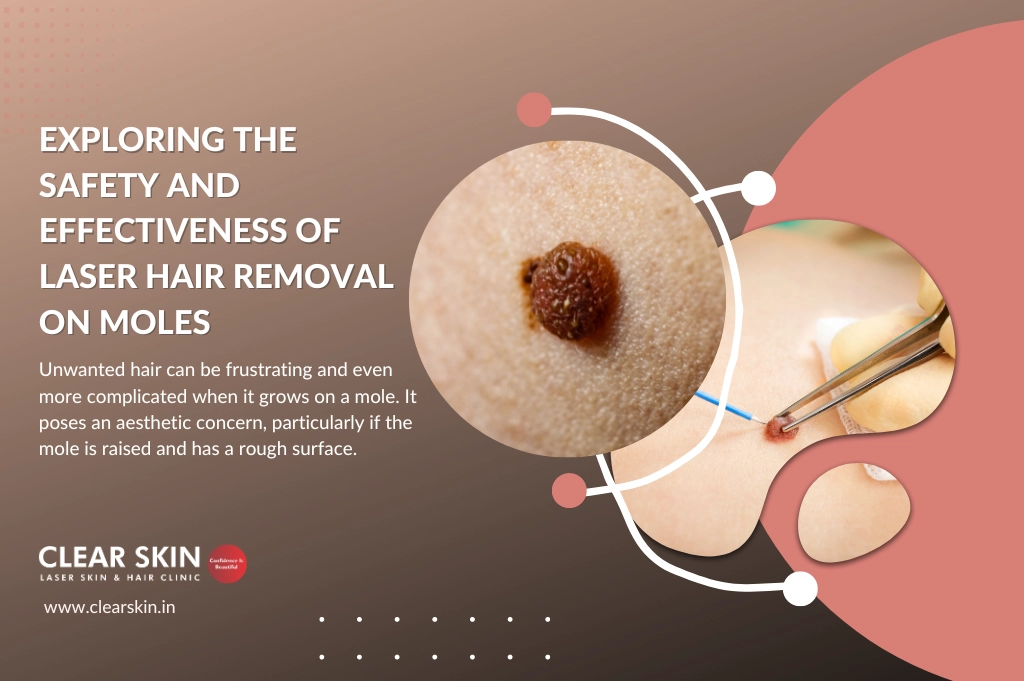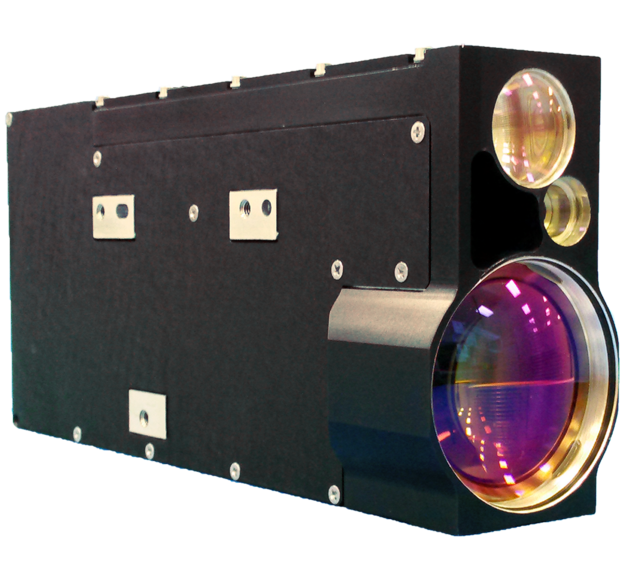Top Suggestions To Picking A Safe Laser Device
Top Suggestions To Picking A Safe Laser Device
Blog Article
What Is Safe Low-Level Laser Therapy (Lllt) Is Also Referred To As Low-Level Therapy Assist With Ulcerative Boils?
Low-level laser therapy (LLLT) (LLLT), which is a form of low-level light therapy, is able to treat ulcerative skin wounds via several ways. It stimulates collagen synthesis and angiogenesis which are essential processes in wound healing. This is a way to promote the faster healing of wounds caused by ulcers.
Reduction of Inflammation LLLT has anti-inflammatory effects through the inhibition of the release pro-inflammatory cytokines, and encouraging the creation of anti-inflammatory mediators. In the case of ulcerative wounds, where inflammation can delay healing and cause damage to the tissue, LLLT can help reduce inflammation and help create a favorable environment for healing.
LLLT is effective in reducing pain, especially in the case of ulcerative wounds. LLLT helps reduce pain and discomfort, and also improve the patient's satisfaction.
Improved Blood Circulation LLLT increases vasodilation and microcirculation, leading to increased blood flow to the wound location. Increased circulation brings oxygen and nutrients into the tissues. This aids in healing and helps in the elimination of waste and toxins.
Antimicrobial effects - LLLT has been proven to have antimicrobial properties that reduce the chance of infection in ulcerative lesions. LLLT reduces the chance of infection and speeds up healing by encouraging bacterial elimination and preventing the spread of infection to the wound.
The reduction of Scar formation- LLLT could aid in reducing the formation of scars on injury due to ulcers by promoting healthy tissue renewal and remodelling. LLLT stimulates collagen production and aligns collagen bundles in order to create an even, better-organized scar. This results in better cosmetic results.
Overall, safe Laser low-level laser therapy provides a non-invasive and drug-free approach to managing ulcerative wounds that promote quicker healing, less pain, and improved overall wound outcomes. Before applying LLLT to treat ulcerative skin it is recommended to consult medical professionals regarding the best method of take care of your wounds and what treatment options are available. Read the best lágylézer for site info including lagylezer terapia, lezeres kezeles, lágylézeres készülék, safe laser bérlés, lágylézeres készülék, lágylézer kezelés, safe laser használata, lágylézer árak, lágylézer árak, safe laser bérlés and more.
What Is Low-Level, Safe Laser Therapy (Lllt) Help Aid In Treating Ear Infections?
Secure Laser Low-Level Laser Therapy (LLLT) is able to assist with ear issues in a variety of ways. LLLT helps reduce swelling and pain in situations like otitis intermedia (inflammation of the ear's outer).
LLLT is effective in relieving pain, discomfort and earaches caused by otitis or earaches.
LLLT can aid in the healing process by increasing the rate of tissue repair. LLLT promotes faster tissue regeneration and repair in cases of otitis media or punctures to the eardrum. This lowers the risk of complications, while also improving overall ear well-being.
Improved Circulation - LLLT improves vasodilation and microcirculation which results in an increase in blood flow in the ear tissues. Improved blood flow can deliver oxygen and nutrients directly to injured and inflamed tissue, which promotes healing and lessens inflammation.
Tinnitus Treatment LLLT was investigated as a treatment option to treat Tinnitus. Tinnitus causes a ringing or buzzing sound in the ears. While its exact mechanism isn't fully understood, LLLT could aid in improving blood flow and reduce the inflammation in the auditory organ resulting to a reduction in tinnitus.
LLLT is efficient in the reduction of earwax. By reducing and softening the earwax that has built up it can be eliminated faster and lessen the risk for infection. This could be beneficial for those suffering from excessive buildup of earwax or who suffer from earwax obstruction.
Overall, Safe Laser low-level laser therapy is an effective and non-invasive approach to treat a variety of ear issues, providing relief from symptoms such as inflammation, pain, as well as the buildup of earwax. It is important to consult a specialist in ENT to determine the cause and recommended treatment before using LLLT. View the recommended safe laser bérlés for site examples including laser kezelés, lézer kezelés hatása, mozgásszervi problémák, lágylézer készülék, lágylézer ár, lágylézer vásárlás, lágylézer készülék bérlés, lágylézer kezelés árak, orvosi lézer készülékek, lezeres kezeles and more. 
How Long Does It Usually Require For A Laser Be Effective In Treating Dental And Oral Conditions?
Safe Laser low-level laser therapy (LLLT) is a treatment for oral and dental conditions, can be effective depending on a variety of factors, including the condition being treated, the severity of the condition as well as the patient's oral health and response to treatment. LLLT treatments usually take place over a set period of months to produce optimal results.
The severity and type of the condition- The number of LLLT procedures required is determined by the type and severity of the oral or dental condition being treated. According to the type of condition, LLLT may be required in different ways.
Individual Responses to Treatment – Individual factors like overall oral and dental health as well as immune function as well as healing capacity and other variables can affect how an individual responds to LLLT. Certain people may react more quickly to treatment and show quicker improvement in symptoms while others may require more long-term treatment.
Treatment Protocol - A dental professional's treatment plan will determine the frequency and duration of LLLT sessions required to address oral and dental problems. The treatment plan can be specific to each patient and could include the scheduling of LLLT treatments several times per week.
Chronic and. Acute Condition- The difference between chronic and acute conditions also impacts the number of LLLT sessions needed. Acute conditions such as dental ulcers, post-operative pain or even oral ulcers may require fewer sessions for relief, while chronic conditions such as periodontitis or TMJ conditions may require more extended treatment.
While some individuals may experience improvement in oral and dental ailments after a few LLLT sessions, some may require more prolonged treatment to achieve optimal results. If you wish to reap the greatest advantages from LLLT to treat oral and dental issues it's essential to adhere to a specific treatment plan prescribed by a professional dentist. Furthermore, regular monitoring of oral health and communication with a dental doctor is crucial in order to make the appropriate changes of the treatment plan when required.